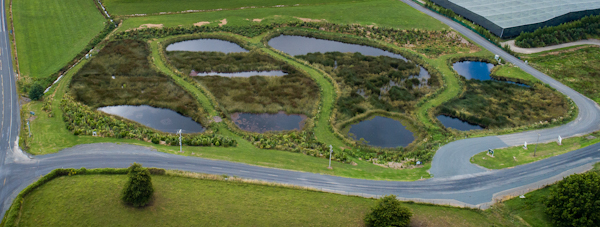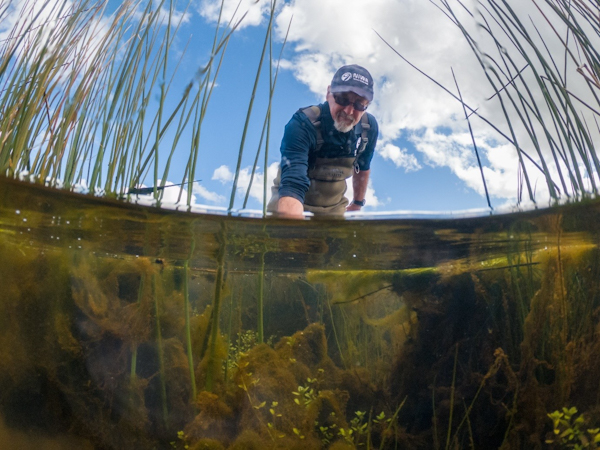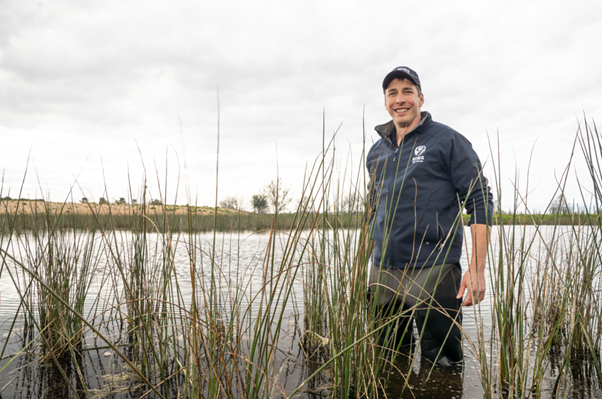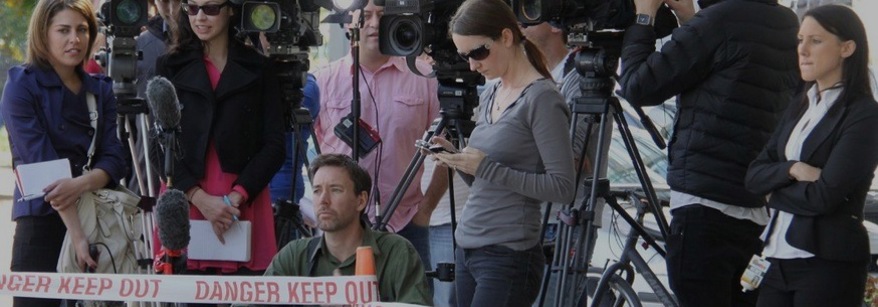An innovative project constructing new wetlands to improve water quality has been recognised at the recent International Water Association (IWA) and ASPIRE Water New Zealand Conference in Christchurch.
Converting farmland to wetlands in Bay of Plenty’s Waihi estuary catchment, the Pongakawa and Te Rere I Maniatutu Constructed Wetland Project won the Environmental Sustainability Project Award at the 2025 Water New Zealand Excellence Awards.
The award highlights how combined efforts can establish wetlands to reduce pollutants and improve the health of ecosystems.
The project is a powerful example of what can be achieved when landowners, local government, government agencies, researchers and iwi come together with a shared vision, says Jackson Efford, Bay of Plenty Regional Council principal advisor, Land and Water.
“We couldn’t do this without the skills, experience and enthusiasm of many groups and individuals, but particular thanks must go to the landowners. They had the foresight and commitment to find solutions that would help achieve sustainable land management – not just for them, but the wider catchment.”
“The Regional Council sees projects like this as essential to striking the balance between primary production and environmental health. We know that improving water quality in places like the Waihi Estuary will take time, sustained effort and a mix of solutions.
“Constructed wetlands are one of the most promising tools we have and, as we continue to learn from projects like this, we’ll be better equipped to scale up our efforts and deliver lasting change for our waterways.”
Earth Sciences New Zealand (formerly NIWA) Dr Chris Tanner and Dr Brandon Goeller worked on the project as part of a nationwide programme Sustainable Land Management and Climate Change Project, funded by the Ministry of Primary Industries.
“In winning the award, I hope it will inspire other catchments and regions throughout New Zealand to consider constructing wetlands, not just to reduce rural run-off and improve water quality but for other benefits,” says riparian and wetland scientist Dr Goeller.
Principal scientist Dr Tanner says wetlands are often dubbed the ‘kidneys of the landscape’ because they remove sediment, nutrients, and bacteria before they reach our estuaries.
“These Bay of Plenty examples show that wetlands also restore biodiversity by boosting indigenous wetland habitat, enhance cultural values, and contributes to climate change mitigation by storing carbon.”
What was once a soggy paddock beside a fertilizer depot has been transformed over the four years of the project, say Paul Hickson, whose family own Hickson (Pongakawa) wetland, one of the wetlands nominated for the award.
He credits his brother Andre for coming up with the idea, as well as input from NIWA, the Regional Council, and Naturally Native NZ Plants.
“We are really proud of it and it is fantastic that the project has received the award. It is very satisfying. It proves that the science works, and it shows the importance of science in agriculture.”
Engineering, environmental and planning firm Tektus director Jack Turner says it has been a great honour to be associated with the projects.
“It is a fantastic award to celebrate the vision, process and wide-ranging outcomes achieved through these wetlands. It’s been hugely exciting to see the aesthetic, ecological and environmental outcomes come to life over the last few years – validated through ongoing water quality monitoring to gauge their effectiveness, which is currently off the charts!
“A fantastic proof of practice, demonstrating the appropriateness of NIWA’s recent guideline document, and realising the vision led by Bay of Plenty Regional Council.”
At Te Rere I Maniatutu wetland, kiwifruit grower Baygold is proud to be part of the initiative, says Olivia Manusauloa, Relationship and Sustainability Manager.
“For me, it’s about continuing the culture our company was built on: delivering world-class orchards that consider the site as a whole, not because it’s required, but because that’s who we are. This award reinforces our commitment to environmental stewardship.
“Our involvement reflects a genuine desire to protect and enhance the environment. From maintaining and growing Iwi relationships to planting natives that give back to the whenua, we’re focused on creating long-term value for both the land and the community.”
Manusauloa says winning the award gives Baygold a platform to share their sustainability goals and learn from others in the industry.
“We aspire to lead not for self-promotion, but to help the kiwifruit sector grow stronger together. If our journey, including the mistakes and wins, can help others, then it’s been worthwhile.”
Earth Sciences New Zealand has been leading initiatives with rural industries, councils and farmers to support the uptake of constructed wetlands as a practical mitigation tool to reduce diffuse contaminant losses from productive land use.
This includes publication of a Constructed Wetland Practitioner Guide (Constructed wetland guidelines | Earth Sciences New Zealand | NIWA) and training courses to demonstrate the appropriate design and performance of constructed wetlands.
Over the last six years, comprehensive wetland monitoring case studies have been undertaken in Tasman, Taranaki, Hawke’s Bay, and Canterbury to showcase the benefits. These wetlands were supported by MPI, MfE, DairyNZ, Fonterra, and landowners.
Case studies show that as constructed wetlands increase in size from 1% to 5% of their contributing catchment, they can reduce more of the nutrient and sediment loads they intercept, says Dr Goeller.
“In warmer areas of New Zealand, nitrate removal ranges up to 50%. Wetlands up to 5% of the catchment area can also remove up to 48% of total phosphorus. Sediment load reductions from 50 to 90% can also be achieved.”
Dr Tanner says the results from the case studies contributes important information to an ongoing programme focusing on improving design, quantifying performance, refining guidelines and providing regulatory confidence.
“It is great to be part of a highly collaborative project, where all the components have so successfully come together. Let’s celebrate this.”
ENDS





